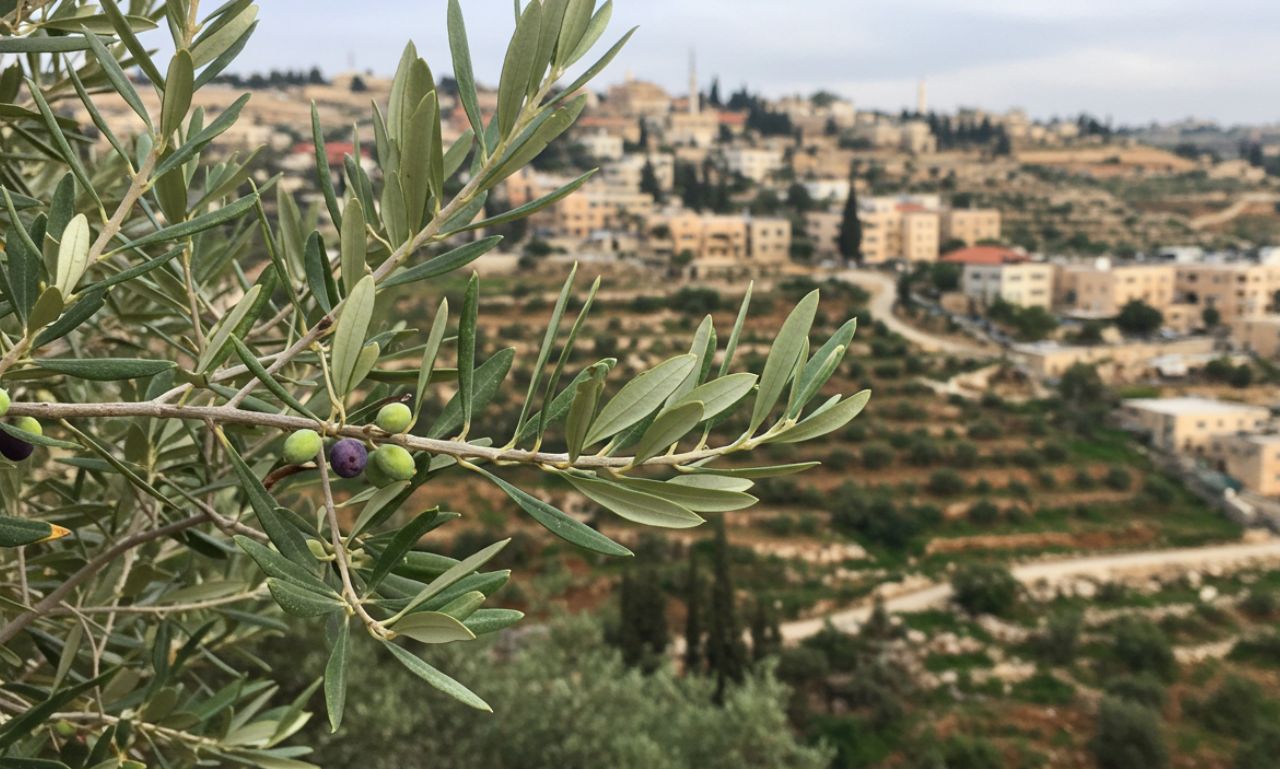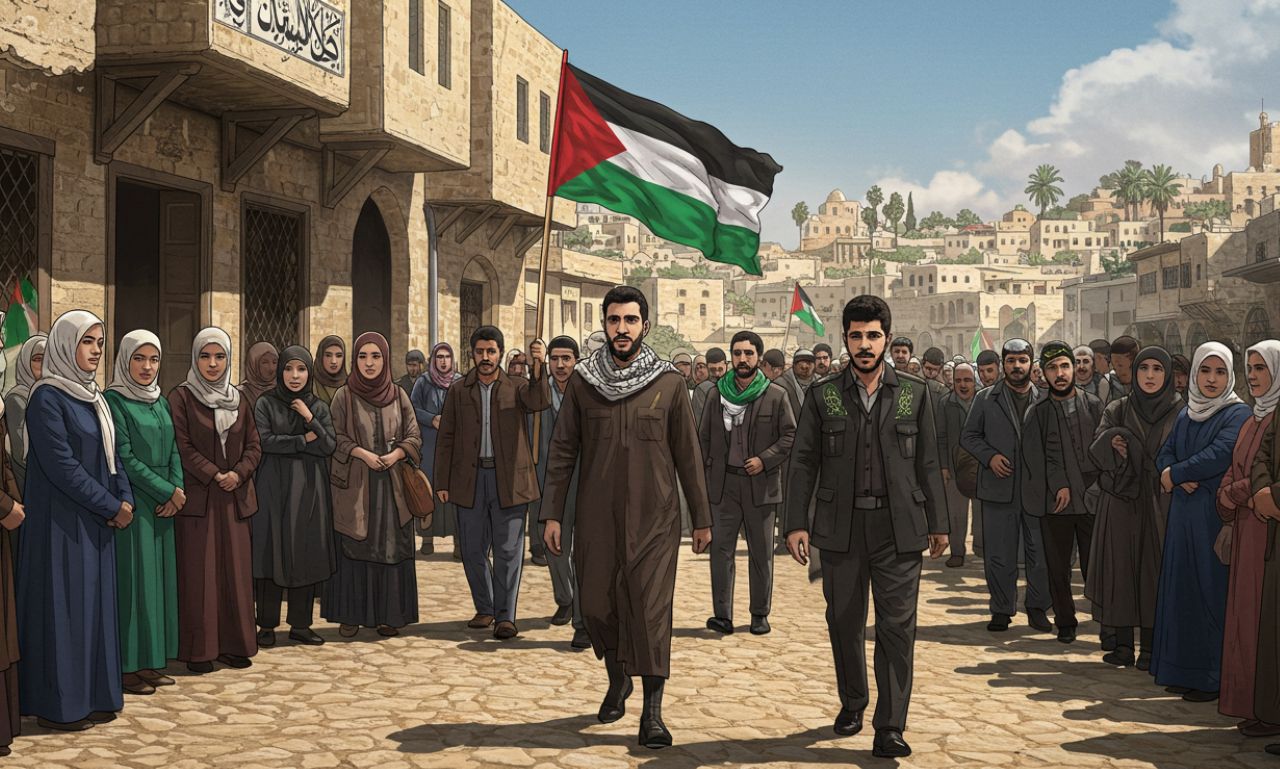The olive branch has long been a potent representation of cultural heritage, peace, and resiliency. The olive tree is more than simply a plant in Palestine; it symbolises the resilience of the Palestinian people. It also symbolises the continuous difficulties they encounter, though. This article explores the positive symbolism of hope and unity that the olive branch represents in Palestine, as well as the negative issues that threaten its continued survival.
1. The Olive Branch: A Timeless Symbol of Peace
Since ancient civilisations, the olive branch has served as a global emblem of peace. It has a particular place in the hearts of the people of Palestine. The land and culture are strongly ingrained with olive trees, some of which are over a thousand years old. They stand for peace as well as a link to the past and the expectation of a peaceful future.
The olive branch serves as a reminder to Palestinians of their tenacity and desire for peaceful coexistence. The olive tree, which represents the Palestinian people’s unwavering spirit, thrives despite decades of conflict.
2. The Cultural and Economic Importance of Olive Trees
The Palestinian economy and culture are based on olive trees. They provide olives, olive oil, and other by-products that are necessary for everyday living, supporting thousands of households. “Mawsim al-Zaytoun,” the season of olive harvest, is a time for celebration and camaraderie.
But olive trees are also targeted because of their economic significance. Palestinian farmers have suffered greatly as a result of the devastation of olive groves brought on by conflict, land expropriation, and illegal settlements. The meaning of the olive branch is further complicated by this mix of cultural pride and economic fragility.
3. The Olive Branch as a Tool of Resistance
For Palestinians, the olive branch has evolved into a weapon of resistance in the face of hardship. Olive tree planting and care is a form of resistance to land confiscation and occupation. Palestinians use it to uphold their cultural heritage and declare their ties to the land.
However, it is viewed as an assault on Palestinian identity and livelihood when settlers or military troops destroy olive orchards. This continuous conflict emphasises the olive branch’s dual function as a battlefield for justice and a symbol of peace.
4. Environmental Challenges Facing Olive Trees
Olive trees in Palestine face serious dangers from climate change and environmental deterioration. Farmers are finding it more and more difficult to manage their groves due to soil erosion, water scarcity, and rising temperatures. Political unrest exacerbates these issues by restricting access to the resources and technologies required for sustainable farming.
Many Palestinians are using cutting-edge farming methods to preserve their olive trees in spite of these challenges. The olive branch’s importance as a symbol of hope and tenacity is further highlighted by its ability to withstand environmental hardships.
5. The Olive Branch in Art and Literature
In Palestine, the olive branch has served as the inspiration for innumerable literary, poetic, and artistic creations. It is frequently used by authors and artists to express themes of resilience, sorrow, and tranquilly. Mahmoud Darwish, a Palestinian poet, for instance, often used olive trees as symbols for the people’s enduring bond with their land in his writing.
This cultural depiction of the olive branch reminds us of its profound symbolic and emotional significance. It also emphasises how important art is to upholding and advancing Palestinian identity in the face of hardship.
6. International Solidarity and the Olive Branch
Additionally, the olive branch has come to represent global support for the Palestinian cause. It is used by organisations and activists worldwide to draw attention to the hardships that Palestinian communities and farmers experience. “Buy Palestinian Olive Oil” is one campaign that aims to support fair trade and local economy.
International assistance is positive, but it also emphasises how urgently the world must continue to pay attention to and take action to end the injustices that Palestinians must endure. In this situation, the olive branch acts as a link between regional conflicts and international campaigning.
7. The Future of the Olive Branch in Palestine
Although the olive branch’s future in Palestine is unknown, it continues to be a potent symbol of resiliency and hope. The preservation of this cultural and economic legacy depends on initiatives to save olive trees and aid Palestinian farmers. At the same time, a peaceful future depends on tackling the underlying roots of inequality and violence.
The olive branch serves as a reminder that justice, equality, and respect for one another are all components of peace, not only the absence of fighting. Olive trees will remain a symbol of the Palestinian people’s resilience as long as they are planted in Palestine.
Conclusion
In Palestine, the olive branch is a complex emblem that stands for both struggle and hope. It both highlights the difficulties they still confront and reflects the tenacity of a people who have faced decades of conflict and misfortune. The olive branch serves as a potent reminder of the complexity of the Palestinian experience, both culturally and economically, as well as in its role in resistance and worldwide solidarity.
As we consider the symbolic meaning of the olive branch, let us keep in mind that peace is a real objective that calls for cooperation and dedication rather than merely being a pipe dream. We can contribute to ensuring that the olive branch continues to be a symbol of hope for future generations by standing with Palestinian farmers, promoting sustainable methods, and fighting for justice.















